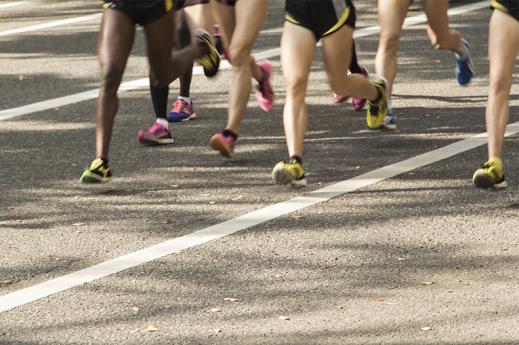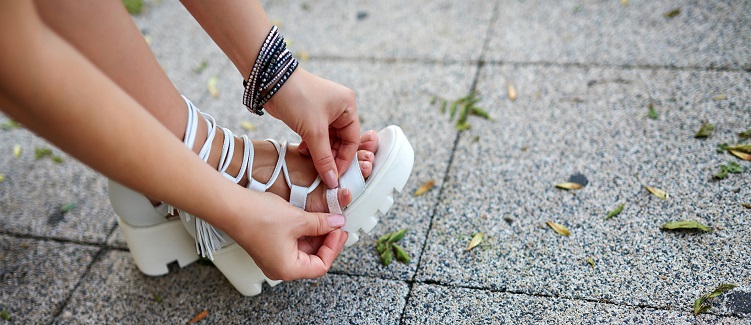All it takes is the wrong pair of shoes — a blister can leave you limping and put a serious damper on your day-to-day routine. Fortunately, you can prevent and treat friction-related blisters with just a few simple steps.
Expert dermatology care in Pennsylvania, when you need it. Learn about eDermatology.
Never Miss a Beat!
Subscribe to Our HealthBeat Newsletter!
Thank you for subscribing!
You can now select the specific newsletters you'd like to receive.
You are already subscribed.
Subscribe to more newsletters in our email preference center.
Sorry, an error occurred. Please try again later.
Get Healthy Tips Sent to Your Phone!
What Are Blisters?
Blisters are pockets of fluid that form on the upper layer of your skin. They may be filled with pus, blood, or serum (a watery part of the blood). Most blisters are caused by irritation or some form of damage to the skin.
RELATED: Managing Flat Feet: Symptoms, Treatment, and Risks
How to Prevent Blisters
- 1. Wear the right size shoes. Wearing shoes that are either too tight or too loose can cause rubbing and friction, leading to the formation of a blister. People with feet that are especially wide or narrow should pay close attention to the footwear they select.
- 2. Keep your feet dry, and wear socks that absorb and wick away sweat. Moisture softens skin and makes it more susceptible to friction.
- 3. Try wearing bandages in spots where rubbing takes place, including the toes, heels, or even along your thighs. Place a soft bandage or doughnut-shaped moleskin pad to serve as a barrier against friction.
- 4. Rub a small amount of petroleum jelly in friction-prone spots. The lubrication minimizes friction and prevents blisters from forming.
- 5. If you feel sore in a particular spot, stop what you are doing.
RELATED: Why Do My Feet Smell? Simple Steps to Treat Foot Odor

How to Treat a Blister
Blisters can take up to two weeks to heal. If possible, try to avoid the activity that gave you the blister in the first place until it has gone away. If a particular pair of shoes irritated your feet, try sporting a different pair, for example.
- 1. Keep a bandage on the blister. Pad areas where there is pressure or friction, such as the bottom of your feet or between your toes.
- 2. Always keep the area clean and covered.
- 3. Do not pop blisters, as this can cause infections. If your blister bubbles, is painful, or you feel you need to drain it, sterilize a small needle using rubbing alcohol. Pierce the edge of the blister so fluid can drain. Remember that your skin serves as a barrier against irritation, so do not peel the skin off the top of the blister.
- 4. In some cases, blisters may require medical treatment. Reach out to a medical professional if you notice redness, pus, or blood coming from the blister, or experience pain, swelling, or a fever in conjunction to a blister
Editor's Note: This article was originally published on , and was last reviewed on .
About Dermatology
The UPMC Department of Dermatology diagnoses, treats, and manages numerous hair, skin, and nail conditions and diseases. We care for common and uncommon conditions, and our treatments include both surgical and nonsurgical options. We operate several specialty centers for various conditions. The UPMC Cosmetic Surgery and Skin Health Center is a comprehensive dermatologic laser facility, offering a full range of cosmetic services and procedures. With UPMC Hillman Cancer Center, we offer a Skin Cancer Program that provides complete care from screenings, diagnosis, treatment, and beyond. Find a dermatology provider near you.
